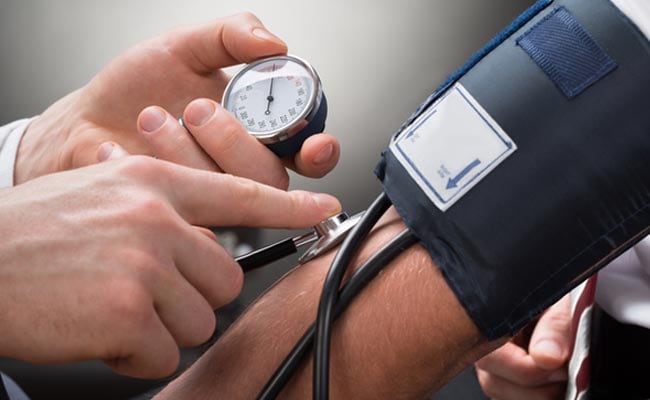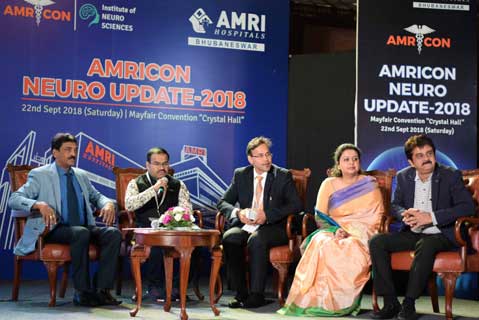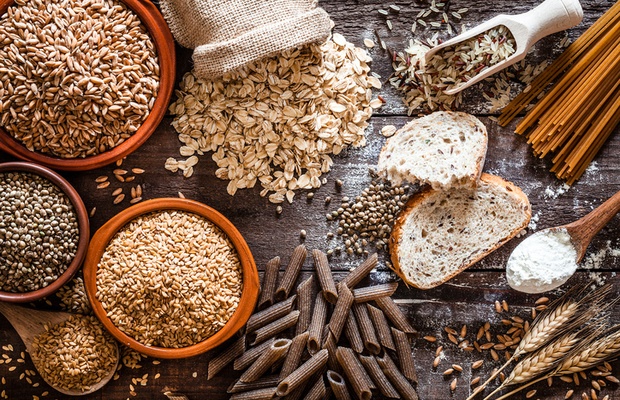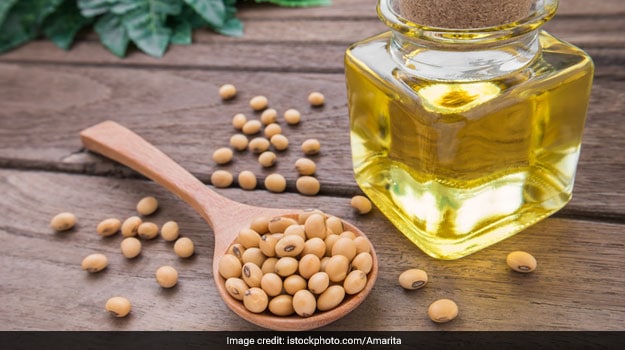Cardiovascular disease is the leading cause of death in the United States. More than 62 million Americans have some form of cardiovascular disease. At Covenant HealthCare, we want to see individuals live a long and healthy life. That’s why we’re working hard to tackle the issue of heart disease here in mid-Michigan.
There are many different types of heart disease. Some are congenital (people are born with heart problems), but a majority of heart diseases develop over the course of time and affect people later in life. You’ll find some of the most common heart diseases listed below.
Coronary Artery Disease
Blockage in the coronary arteries is called coronary artery disease—a condition in which the heart muscles don’t get enough blood and oxygen. The most serious effect of coronary artery disease is sudden death without warning. This usually happens in individuals who have had
heart attacks or other heart damage.
Silent Ischemia
A form of coronary artery disease in which the blood flow to the heart muscle is reduced but produces very little pain or symptoms. When discomfort is experienced, it is usually during physical exertion.
Angina
Angina is discomfort or pain that occurs when your heart is not getting enough oxygen and nutrients. Angina may be caused by a narrowing of the arteries or muscle spasms in the coronary arteries. These spasms may be induced by cigarette smoke, cold temperatures, strong emotions, and other sources. It is important to note that angina isn’t a heart attack and doesn’t usually cause permanent heart damage, even though it causes pain.
The causes of angina are generally atherosclerosis or coronary artery spasm. Angina is not the same for everyone. While it usually occurs when the heart is working harder than normal, such as after a meal or during physical or emotional stress, it can also occur when resting.
Traditionally, angina occurs primarily in the chest and radiates down the left arm. However, it can be any discomfort that radiates in the chest, across the shoulders, in the upper back, arms (both left and right), neck, throat, or jaw.
Symptoms of Angina
- Aching
- Burning
- Cramping
- Discomfort
- Fullness
- Heaviness
- Indigestion
- Numbness or Tinging
- Pain
- Pressure
- Shortness of Breath
- Sweating or Dizziness
- Squeezing
- Tightness
If you experience any of the symptoms above:
- Stop your activity, sit or lie down, and relax.
- Take a nitroglycerin (NT6) tablet or use NTG spray as prescribed by your physician.
- Be sure to notify your physician if these symptoms increase in frequency or severity but are not so severe that you feel the need to go to an emergency room.
If angina lasts longer than 15 minutes or worsens, call 911 or get to a hospital emergency room immediately. Never drive yourself.
Heart Attack (Myocardial Infarction)
Part of the heart muscle can be damaged or die as a result blood flow is blocked. If the blockage is brief, and the heart eventually receives enough blood, oxygen, and nutrients, the damage is often reversible. This is why it is especially important for the heart attack victim to get medical help fast.
Warning signs of a heart attack include:
- Heavy feeling, pressure, or intense pain or squeezing in the chest that lasts for more than a few minutes.
- Lightheadedness or fainting
- Nausea or vomiting
- Pain that radiates to the shoulders, neck or arms.
- Profuse Sweating
- Rapid heartbeat
- Shortness of breath
- Severe weakness
If you experience any symptoms for more than 15 minutes and believe they are heart related, call 911 or have someone get you to the nearest emergency room as soon as possible.
Heart Failure
Heart failure happens when the heart isn’t pumping enough blood to meet your body’s needs. While many people believe the misconception that heart failure means an individual is about to die or that their heart has stopped, this is not true. Heart failure simply indicates that the heart is not squeezing as well as it should. It usually does not occur suddenly but gradually worsens over the time.
Heart failure can be caused by:
- Cardiomyopathies (diseases that damage the heart muscles)
- Coronary Artery Disease
- Diabetes
- Diseases of the Heart Valves
- Heart Defects present at Birth
- High Blood Pressure
- Lung Disease such as Emphysema
- Past Heart Attacks
If you have the following symptoms of heart failure, please see a doctor immediately:
- Fluid which builds up in the lungs, known as pulmonary congestion
- Swelling in the feet, ankles or legs, known as edema
- Other symptoms may include wheezing, sleep apnea, cough, and fatigue
Arrhythmia
Sometimes the heart’s electrical system does not function normally. It may race, become slow, irregular, skip beats or sometimes the heart’s electrical signal does not move in the proper sequence. This causes the heart to beat faster or slower than normal, or erratically. These abnormal rhythms are called arrhythmias. They can cause a variety of symptoms: dizziness, fainting, fatigue, shortness of breath and chest pain or rapid palpitations that may feel like flutters or pounding of the heart. If left untreated, arrhythmias can be life threatening.
There are four major types of arrhythmias:
- Bradycardia: Occurs when the heart’s electrical signal is delayed too long or blocked, resulting in a slower than normal heartbeat. If it happens only once in a while, bradycardia is not a problem. However, if it continues over a long period of time, the body will not receive an adequate blood supply, which can be very serious. Heart disease and some drugs can cause bradycardia, and a physician should evaluate it to determine if treatment is required. Treatment can include a pacemaker to make sure the heart beats at a normal rate and/or discontinuing a mediation.
- Irregular or extra heartbeats: Even people with excellent health have irregular or extra heartbeats every once in a while. In some cases, irregular or extra beats can lead to rapid heartbeats.
- Ventricular Tachycardia (VT): Occurs when the heart’s electrical signal begins in the ventricles (lower chambers of the heart) and the heart beats too rapidly. When the ventricles pump too fast, they cannot deliver enough blood to the body. In some cases, VT can create a very rapid, erratic heartbeat (ventricular fibrillation), or cardiac arrest. If VT lasts for only a second or two, it may not be noticed and probably will not cause any serious problems. However, if it lasts longer, it can be very serious and should be evaluated by a physician.
Poor blood supply to the heart, diseases of the heart valves or chemical imbalances in the body can cause VT. It often occurs during or after a heart attack. No matter how long it lasts, a physician must evaluate it. Normal heartbeat can be restored with electrical shock treatment (the paddles). Long-term control of VT may require an implanted defibrillator and/or medication.
- Supraventricular Tachycardia (SVT): Occurs when the heart’s electrical signal begins above the ventricles (the lower chambers of the heart) causing the heart to beat very rapidly or erratically. As a result, the heart is strained, and the body receives an inadequate blood supply. There are three types of SVT – Atrial flutter, Atrial fibrillation and Paroxysmal SVT. A number of underlying conditions can lead to SVT. Medication and/or electrical shock treatment (cardioversion) can restore normal heartbeat. To prevent recurrences, additional treatment and medication may be necessary.
Several diagnostic tests are available to identify arrhythmias including an electrocardiogram (ECG), Holter Monitor, a stress test, a tilt table test, and/or sometimes an electrophysiology study (EP) if necessary. In addition, if an arrhythmia is not revealed with routine testing then an implantable loop recorder may be indicated.
Heart Defects
An obstruction is a heart defect that partly or completely blocks the flow of blood. Obstructions called stenosis can occur in the heart valves, arteries or veins.
- Aortic stenosis
- Bicuspid aortic valve
- Mitral valve prolapse
- Pulmonary stenosis
- Subaortic stenosis
Peripheral Arterial Disease
Like the heart, all tissues of the body need oxygen and other nutrients to survive and work. Fatty plaques or atherosclerosis can also affect arteries that supply oxygen-rich blood to other areas of the body. For example, peripheral arterial disease (PAD) occurs when the flow of oxygen-rich blood to the legs and feet is blocked or decreased. This blockage in the vessels deprives the feet and legs of oxygen and nutrients, and produces symptoms usually in the thigh, calf muscle and feet.
Symptoms of PAD
- Brown spots on the skin
- Changes in color of the skin on the leg: foot goes from pink to blue
- Coldness
- Loss of hair on the lower leg
- Numbness and tingling
- Pain or cramping after walking short distances
- Slow healing of wounds
- Swelling
- Ulcers

























 Extra virgin olive oil is great in salads as a dressing
Extra virgin olive oil is great in salads as a dressing Rice bran oil is light and has a mild nutty flavour. Photo Credit: Istock
Rice bran oil is light and has a mild nutty flavour. Photo Credit: Istock Sunflower oil contains more Vitamin E than other oils. Photo Credit: Istock
Sunflower oil contains more Vitamin E than other oils. Photo Credit: Istock Safflower oil balances the cholesterol in the body.
Safflower oil balances the cholesterol in the body. Soyabean oil helps in reducing the accumulation of cholesterol in the body.
Soyabean oil helps in reducing the accumulation of cholesterol in the body.